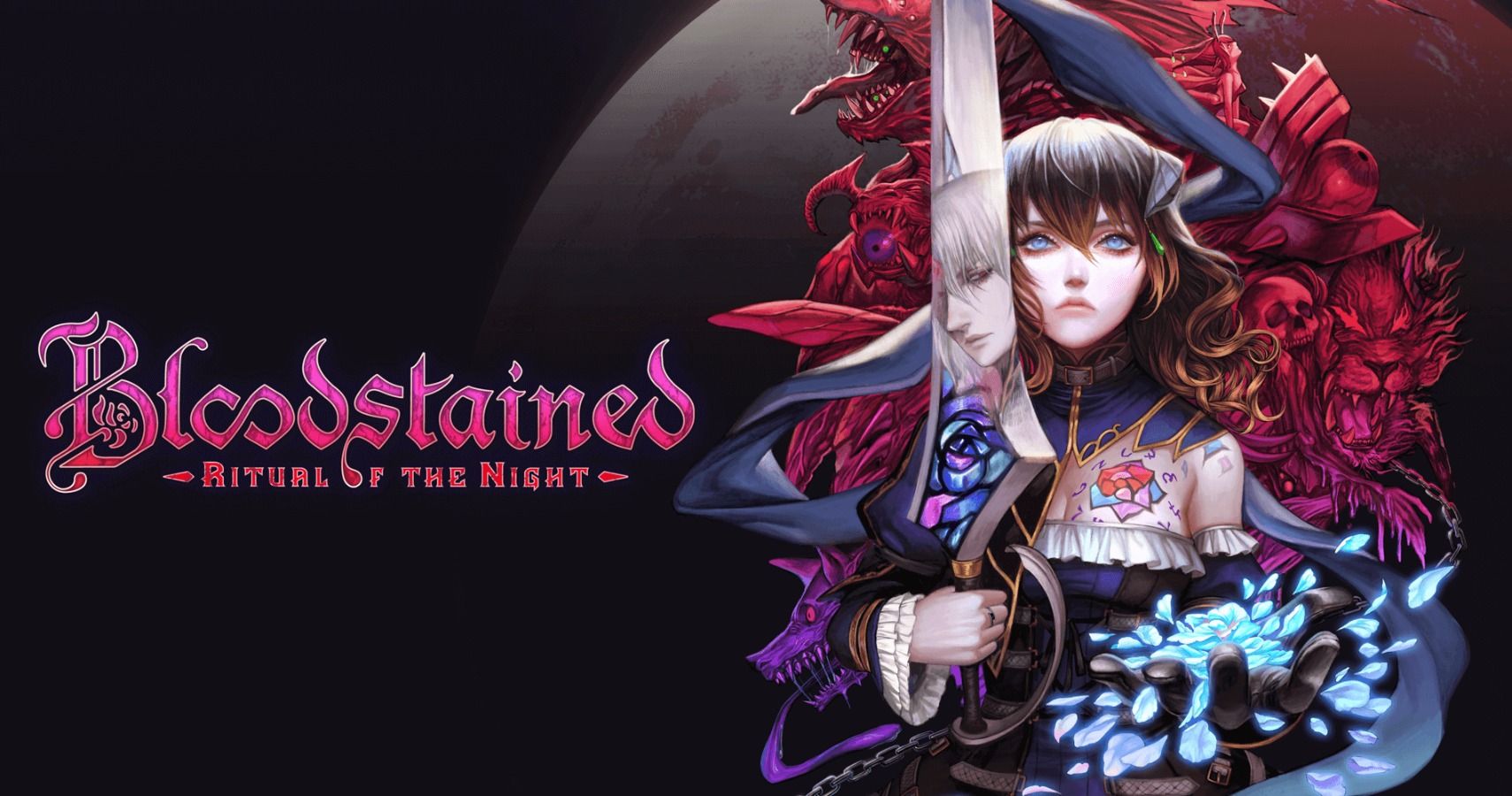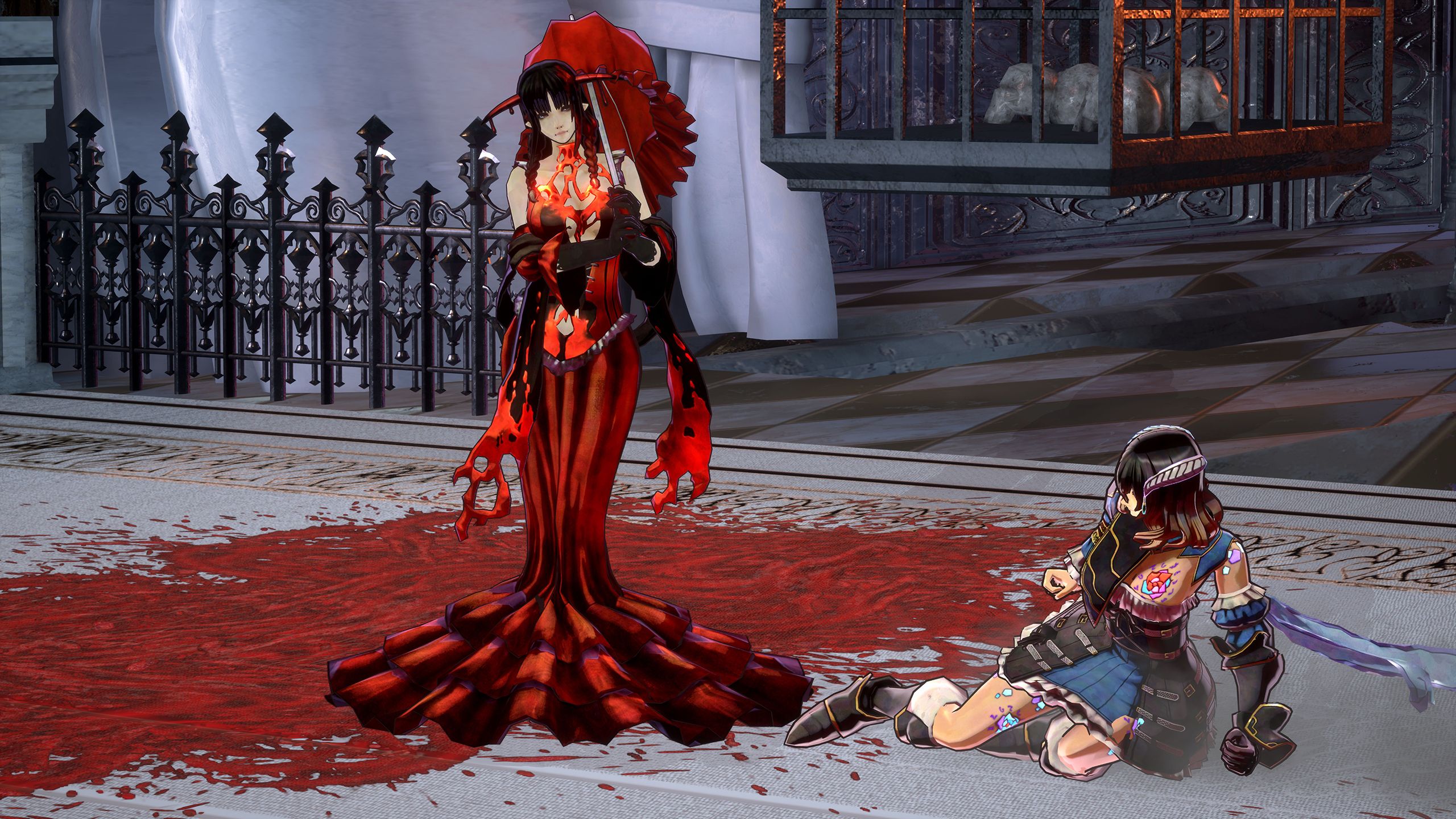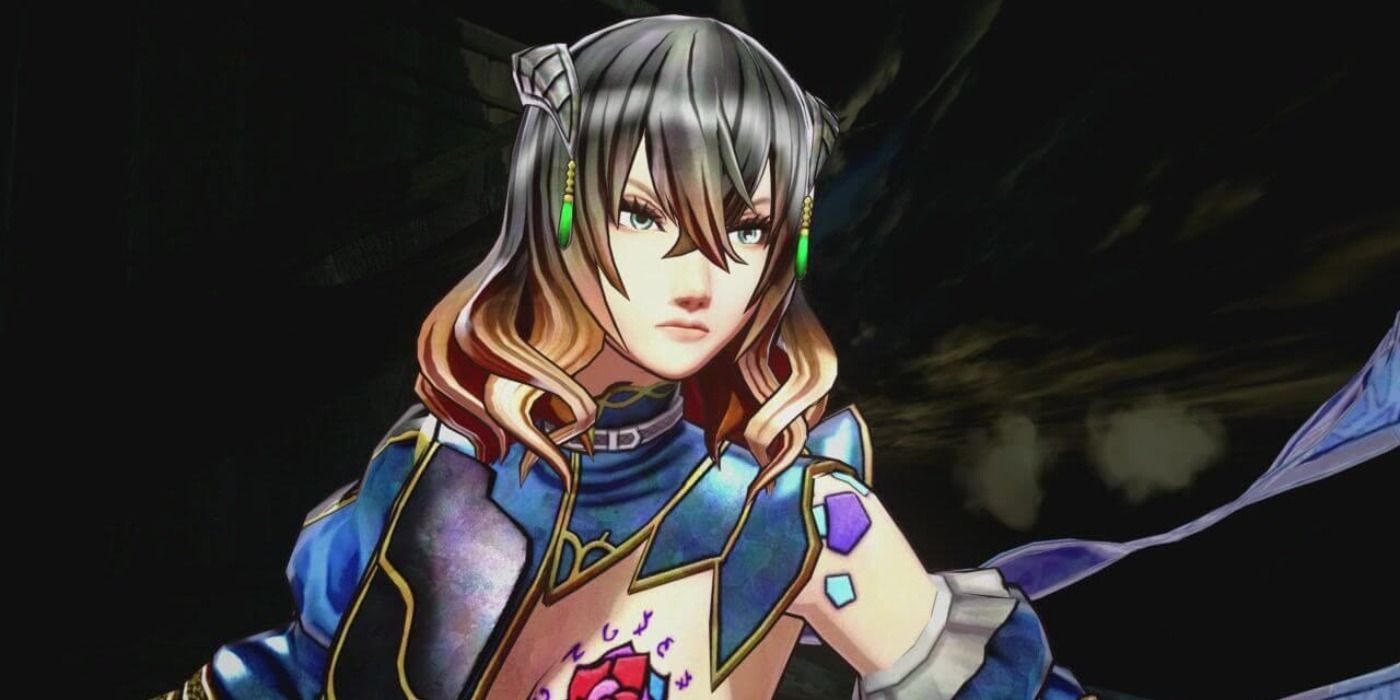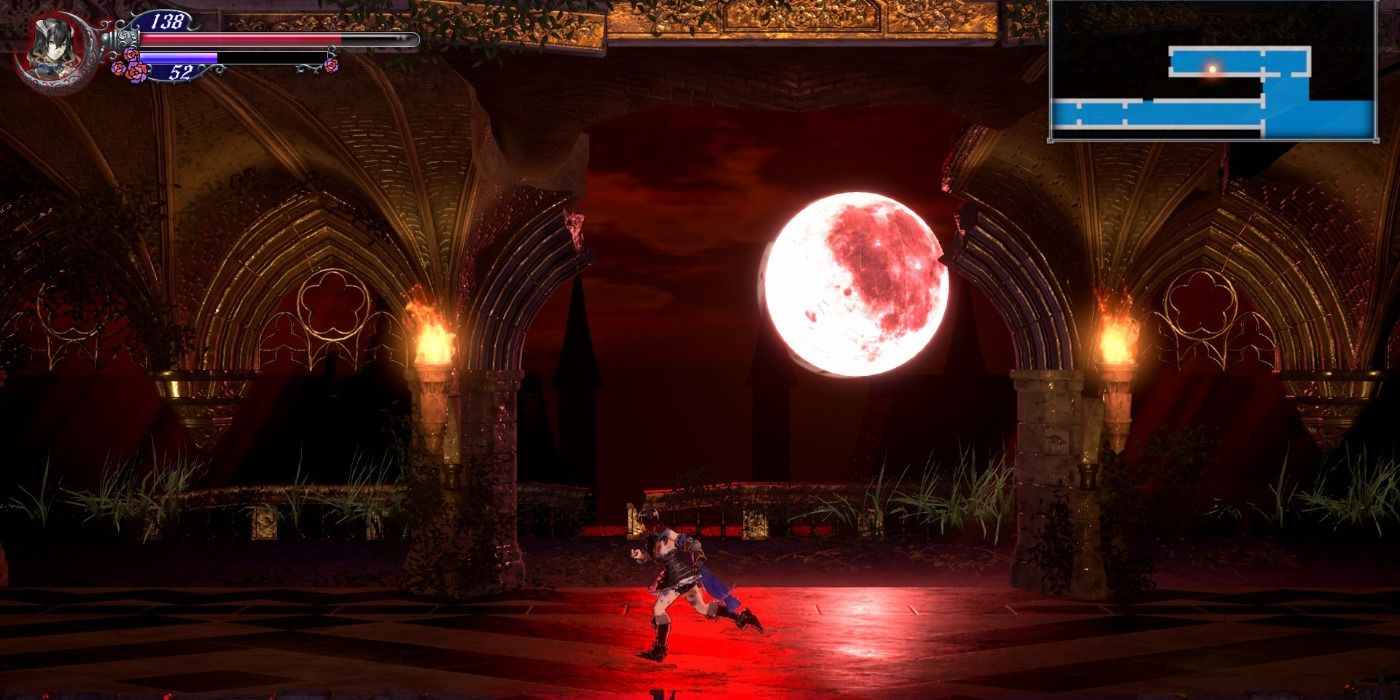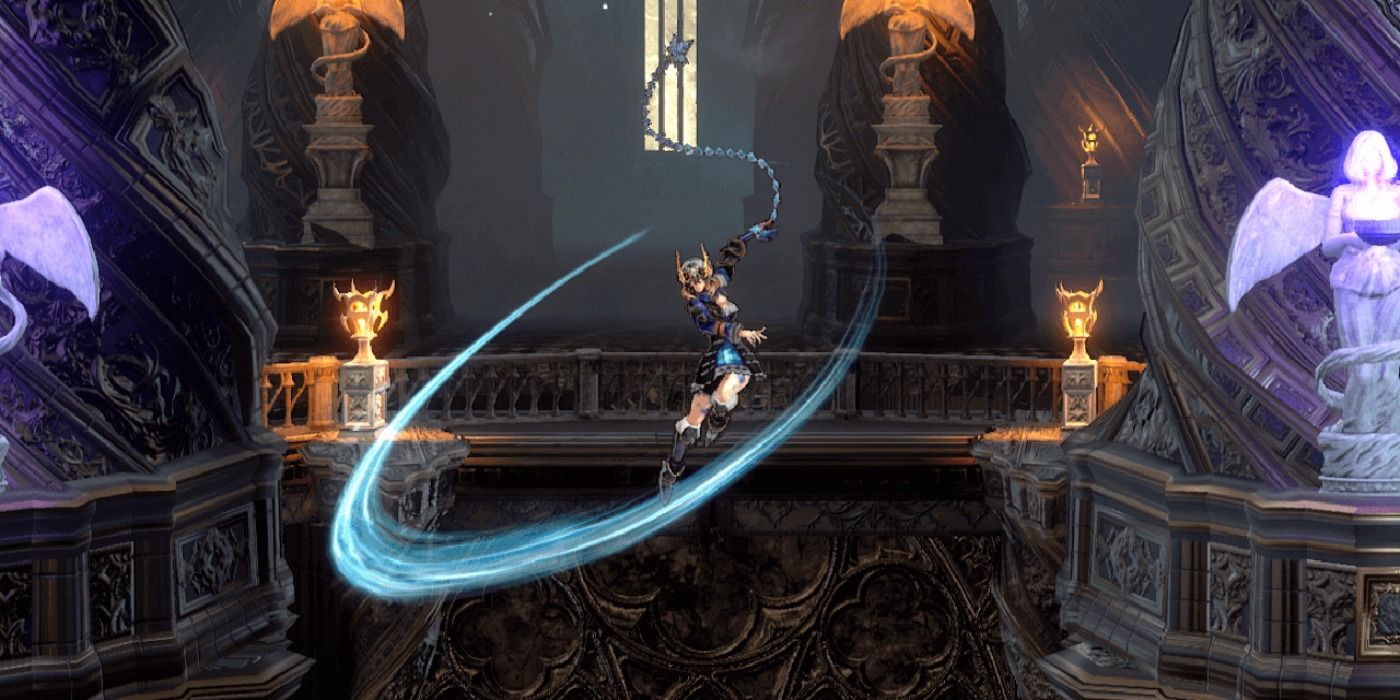Bloodstained: Ritual of the Night is one of many nostalgia projects that came to life thanks to Kickstarter and the generosity of fans who wanted to see a new incarnation of Castlevania: Symphony of the Night. There were other nostalgia Kickstarter projects that didn't live up to their original promise, such as Mighty No. 9 and Yooka-Laylee, which means that a lot of fans might be wary of Bloodstained: Ritual of the Night, especially with the delays during its development.
The backers of Bloodstained: Ritual of the Night wanted a new Metroidvania from Koji Igarashi, who is best-known for his work as a producer on the Castlevania series. It's in this regard that Bloodstained: Ritual of the Night succeeds, as the game combines elements from many of the later Castlevania games into one package. Those who are looking for another iteration of the Metroidvania style Castlevania titles will like this game, so long as they aren't expecting anything revolutionary or surprising.
Save The World That Once Wronged You
The story of Bloodstained: Ritual of the Night follows a woman named Miriam, who was experimented upon by alchemists as a child. The crystals implanted into her body give Miriam the power to copy the abilities used by demons, who have once more invaded the world with the aid of another test subject who underwent the same experiments as her. It's up to Miriam to enter the Demon Castle and confront her former friend in order to prevent the world from being overrun by monsters.
Castlevania's Greatest Hits
Bloodstained: Ritual of the Night combines elements from numerous different Castlevania games. The setting of the Demon Castle is straight out of Castlevania: Symphony of the Night, with many of the areas being similar to Dracula's Castle. Miriam's ability to steal the powers of monsters is almost identical to that of Soma Cruz from Castlevania: Aria of Sorrow and Castlevania: Dawn of Sorrow, while her design is reminiscent of Shanoa from Castlevania: Order of Ecclesia. It's possible for Miriam to take on quests during her journey, which is similar to the ones given in Castlevania: Portrait of Ruin. Bloodstained: Ritual of the Night is almost like a greatest hits of Castlevania games and the whole package comes together... for the most part.
The gameplay of Bloodstained: Ritual of the Night will feel right at home to fans of Metroidvania games, as Miriam must explore the Demon Castle (and other locations) while steadily gaining new abilities and equipment that allow her to reach areas that she couldn't enter before. The reason why Bloodstained: Ritual of the Night succeeds while games like Mighty No. 9 failed is that the Metroidvania style of gameplay is timeless, which is why the Castlevania and Metroid games are still as fun now as they were when they were first released.
One major change to the Castlevania style is that Miriam doesn't leap back whenever she is hit, which was a major complaint about Alucard and the Belmonts. The downside to this change is that it's easier for Miriam to be stunlocked, especially as enemies damage her with physical contact.
Bloodstained: Ritual of the Night features a crafting system that allows the player to cook food and develop new weapons and armor, which gives the player even more reason to explore the Demon Castle in order to find new materials and recipes. The crafting system is simple enough that it never feels overwhelming. This is one of the features that is rarely seen in a Metroidvania style game, but it's well implemented here.
A Visual Fright
One of the issues with Bloodstained: Ritual of the Night is in the graphics department, as the character animations and models wouldn't look out of place on the Dreamcast. The whole product comes off looking cheap and unpolished, especially for a Kickstarter project with several million dollars in its budget. The game also experiences slowdown in certain areas when too many enemies appear on the screen and it becomes especially frequent during one of the boss fights in the later stages of the game. The soundtrack is mostly uninteresting and leans a little too heavily on similarities to songs from the Castlevania series.
One of the other major issues with Bloodstained: Ritual of the Night is that there are times when the game offers no clues as to where to go next and can hide items that are necessary for progressing through the game. A few examples of this involve needing a passport for a machine that gives no indication that it requires a passport, hiding the ability to swim as a Shard within a common enemy with no indication that the player needs it to continue the game, and hiding an item that allows Miriam to traverse spikes in an area of the game that the player would never think to return to. These poorly explained solutions to puzzles and hidden items will likely leave players scratching their heads and scouring every inch of the castle until they get bored and seek out a walkthrough, which is a poor design choice for a game that usually doesn't leave you in the lurch in regards to where the player needs to go next.
Encore Enough
Bloodstained: Ritual of the Night doesn't do anything revolutionary, but it sticks to a tried and true formula and does a great job at what it set out to do. The game is no sequel to Castlevania: Symphony of the Night, but it might be the closest thing we'll ever get.
4 out of 5
A copy of Bloodstained: Ritual of the Night was purchased by TheGamer for this review. The game is available now for PC, PlayStation 4, and Xbox One. It will be available for the Nintendo Switch on June 25th.

